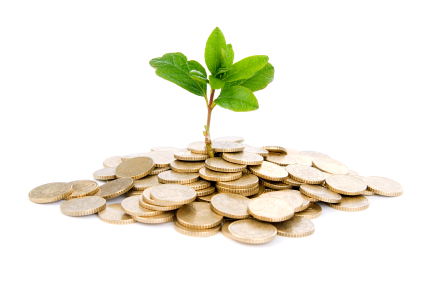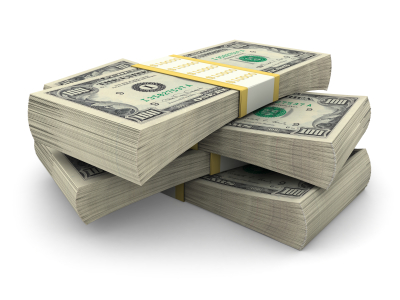|
Everything's getting smaller, from our phones to our laptops. "Micro" is in, whether it's microwave technology in our tech gadgets, or micro-blogging on Twitter. So it's no surprise that savvy philanthropists everywhere are getting into micro finance, as a way to support worthy causes, without actually saying goodbye to their money.
So what exactly is micro finance? The term can cover a broad category of services, but the aspect of it that seems appealing to many of us right now is the service supplied by several non-profits, whereby individuals 'donate' money in the form of a loan to an entrepreneur or small business, often in a developing country, to help them on the path to self-sufficiency.
 The "donation" is a loan, and goes directly to a specific person working on a specific business project. The projects have commercial potential and the loan is intended to get the business up and running, and making a profit. Then the loan is repaid from said profits.
The "donation" is a loan, and goes directly to a specific person working on a specific business project. The projects have commercial potential and the loan is intended to get the business up and running, and making a profit. Then the loan is repaid from said profits.
Your micro loan could help a low income family or individual - with no hope of obtaining finance from a bank or private investor- start a business and become independent. A micro loan can finance any business: a store, daycare center, bicycle repair shop or beauty salon.
You don't, of course, have to organize all this yourself. Intermediary non-profits have sprung up to act as middle-men. They accept donations, vet business projects, administer the loans and organise their repayment. But some organisations working in the field give you a surprising amount of control over who gets your money.
At Kiva.org, for example, you can go online and view the profiles of potential entrepreneurs all over the world. You choose who to make the loan to, and decide how much you want to invest. Kiva administers the loan and supplies you with updates on your sponsored entrepreneur's progress. As their business becomes profitable, your money is repaid.
 And there, you may be thinking, lies the catch. You don't know for sure that the business will become profitable, or how long it will take. That's true, and as with any investment, only you can decide if it's worth the risk or not, but the model certainly seems to be working. Kiva's website currently boasts of a repayment rate of 98.93%.
And there, you may be thinking, lies the catch. You don't know for sure that the business will become profitable, or how long it will take. That's true, and as with any investment, only you can decide if it's worth the risk or not, but the model certainly seems to be working. Kiva's website currently boasts of a repayment rate of 98.93%.
Once the money is repaid, it's yours - no strings attached. You really can 'donate' your cash, make a significant difference in someone's life, and then take your money back. But it's probably a good indication of how satisfying the whole process is that many members choose to immediately reinvest their repaid money in a new project.
Micro finance may be built around the concept of 'small' but it's attracted some big supporters. Former President Bill Clinton spotted Kiva.org when it was just a small start-up site and helped attract around 130,000 internet users to the site over a two year period. Along the way it earned a valuable stamp of approval from Oprah Winfrey, who even gave Kiva a place on her "Favorite Things" list in 2010.
 So how rich do you have to be to become a business investor via micro finance? Here, too, small is OK. Kiva asks for a minimum donation of just $25, while another popular micro loan organisation, Grameen America, offers three micro-donation levels of $10, $20 or $30. Both organisations will team your investment with that of other members to provide entrepreneurs with the working capital they need to make their enterprise a success.
So how rich do you have to be to become a business investor via micro finance? Here, too, small is OK. Kiva asks for a minimum donation of just $25, while another popular micro loan organisation, Grameen America, offers three micro-donation levels of $10, $20 or $30. Both organisations will team your investment with that of other members to provide entrepreneurs with the working capital they need to make their enterprise a success.
If you want to help those less fortunate than you, but are tired of donating to charities and then just sitting back and wondering what they did with your money, micro loans can offer an appealing alternative: a way to donate your cash and keep it too, and actually see the difference it made in the meantime.
|